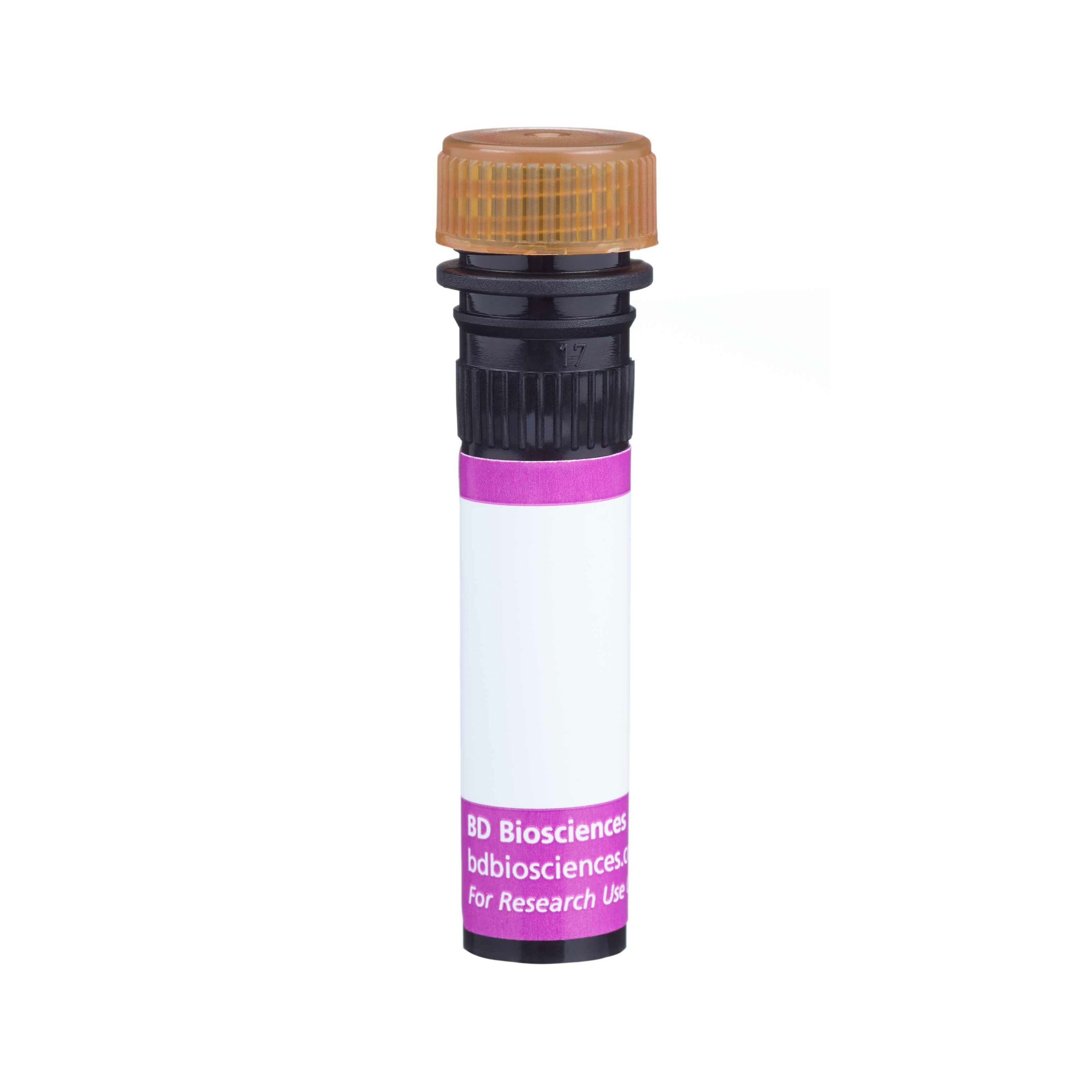Old Browser
This page has been recently translated and is available in French now.
Looks like you're visiting us from {countryName}.
Would you like to stay on the current country site or be switched to your country?


Regulatory Status Legend
Any use of products other than the permitted use without the express written authorization of Becton, Dickinson and Company is strictly prohibited.
Preparation And Storage
Recommended Assay Procedures
BD® CompBeads can be used as surrogates to assess fluorescence spillover (compensation). When fluorochrome conjugated antibodies are bound to BD® CompBeads, they have spectral properties very similar to cells. However, for some fluorochromes there can be small differences in spectral emissions compared to cells, resulting in spillover values that differ when compared to biological controls. It is strongly recommended that when using a reagent for the first time, users compare the spillover on cells and BD® CompBeads to ensure that BD® CompBeads are appropriate for your specific cellular application.
For optimal and reproducible results, BD Horizon Brilliant Stain Buffer should be used anytime BD Horizon Brilliant dyes are used in a multicolor flow cytometry panel. Fluorescent dye interactions may cause staining artifacts which may affect data interpretation. The BD Horizon Brilliant Stain Buffer was designed to minimize these interactions. When BD Horizon Brilliant Stain Buffer is used in in the multicolor panel, it should also be used in the corresponding compensation controls for all dyes to achieve the most accurate compensation. For the most accurate compensation, compensation controls created with either cells or beads should be exposed to BD Horizon Brilliant Stain Buffer for the same length of time as the corresponding multicolor panel. More information can be found in the Technical Data Sheet of the BD Horizon Brilliant Stain Buffer (Cat. No. 563794/566349) or the BD Horizon Brilliant Stain Buffer Plus (Cat. No. 566385).
Product Notices
- Since applications vary, each investigator should titrate the reagent to obtain optimal results.
- The production process underwent stringent testing and validation to assure that it generates a high-quality conjugate with consistent performance and specific binding activity. However, verification testing has not been performed on all conjugate lots.
- Researchers should determine the optimal concentration of this reagent for their individual applications.
Companion Products






The RmC7H8 monoclonal antibody specifically recognizes the C1q component of the mouse macromolecular C1 complex. The complex is comprised of C1q and 2 molecules each of the serine proteases, C1r and C1q. The C1 macromolecular complex, C1qC1r2C1s2, is bound together by Ca2+ ions. C1q is a serum protein that is synthesized by macrophages and microglia. It exists as an ~460 kDa protein formed from 18 polypeptide chains comprised of three different subunits named C1qa, C1qb, and C1qc. Each chain contains an N-terminal collagen-like sequence and a C-terminal globular gC1q module. Structural studies reveal that C1q is formed as a hexamer with 6 collagen-like triple helices, forming a central fiber bundle, each extended by globular domains. C1q is a multifunctional protein that can regulate a variety of cellular processes in addition to activating the classical complement pathway (CCP). C1q globular regions mediate target recognition such as binding to the Fc regions of IgG and IgM antibodies found in immune complexes including antibodies bound to pathogens or target cells and subsequent activation of the CCP. The C1q globular regions can also bind to bacterial and viral surface proteins as well as altered self elements including histones, DNA, and annexins on the surface of apoptotic or necrotic cells. The enhanced phagocytosis mediated through interaction of bound C1q with various receptors expressed by phagocytes, possibly combined with further complement activation and opsonization of cells, may contribute to the safe removal of stressed or dead cells that are pro-inflammatory. Conformational changes in target bound C1q's collagen-like regions can lead to interaction with and activation of the C1r and C1s proteases which result in activation of the CCP.

Development References (8)
-
Abbitt KB, Cotter MJ, Ridger VC, Crossman DC, Hellewell PG, Norman KE. Antibody ligation of murine Ly-6G induces neutropenia, blood flow cessation, and death via complement-dependent and independent mechanisms.. J Leukoc Biol. 2009; 85(1):55-63. (Clone-specific: Immunofluorescence). View Reference
-
Ankeny DP, Guan Z, Popovich PG. B cells produce pathogenic antibodies and impair recovery after spinal cord injury in mice.. J Clin Invest. 2009; 119(10):2990-9. (Biology). View Reference
-
Kang YS, Do Y, Lee HK, et al. A dominant complement fixation pathway for pneumococcal polysaccharides initiated by SIGN-R1 interacting with C1q.. Cell. 2006; 125(1):47-58. (Clone-specific: Functional assay). View Reference
-
Libert C, Wielockx B, Grijalba B, et al. The role of complement activation in tumour necrosis factor-induced lethal hepatitis.. Cytokine. 1999; 11(8):617-25. (Clone-specific: Inhibition, In vivo exacerbation). View Reference
-
Lubbers R, van Essen MF, van Kooten C, Trouw LA. Production of complement components by cells of the immune system.. Clin Exp Immunol. 2017; 188(2):183-194. (Biology). View Reference
-
Schuh R, Kremmer E, Ego E, Wasiliu M, Thierfelder S. Determination of monoclonal antibody specificity by immunoadsorption and western blotting.. J Immunol Methods. 1992; 152(1):59-67. (Immunogen: ELISA, Immunoprecipitation). View Reference
-
Thielens NM, Tedesco F, Bohlson SS, Gaboriaud C, Tenner AJ. C1q: A fresh look upon an old molecule. Mol Immunol. 2017; 89:73-83. (Biology). View Reference
-
Zachrau B, Finke D, Kropf K, Gosink HJ, Kirchner H, Goerg S. Antigen localization within the splenic marginal zone restores humoral immune response and IgG class switch in complement C4-deficient mice.. Int Immunol. 2004; 16(12):1685-90. (Clone-specific: Immunohistochemistry). View Reference
Please refer to Support Documents for Quality Certificates
Global - Refer to manufacturer's instructions for use and related User Manuals and Technical data sheets before using this products as described
Comparisons, where applicable, are made against older BD Technology, manual methods or are general performance claims. Comparisons are not made against non-BD technologies, unless otherwise noted.
For Research Use Only. Not for use in diagnostic or therapeutic procedures.